Which T5-HO fixture...
almax881
14 years ago
Related Stories
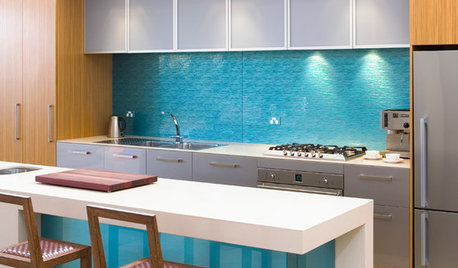
KITCHEN DESIGNHouzz Quiz: Which Kitchen Backsplash Material Is Right for You?
With so many options available, see if we can help you narrow down the selection
Full Story
MOST POPULAR5 Remodels That Make Good Resale Value Sense — and 5 That Don’t
Find out which projects offer the best return on your investment dollars
Full Story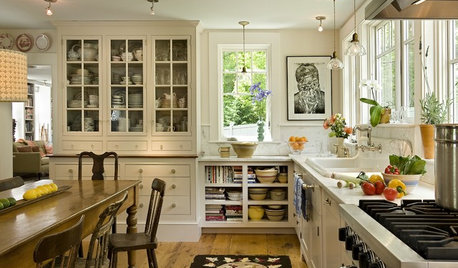
KITCHEN DESIGN12 Great Kitchen Styles — Which One’s for You?
Sometimes you can be surprised by the kitchen style that really calls to you. The proof is in the pictures
Full Story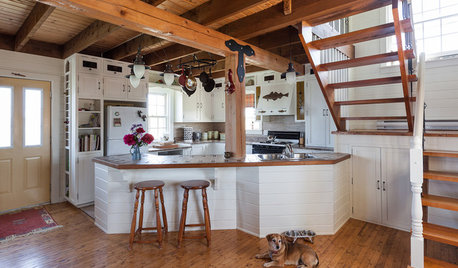
KITCHEN DESIGNOpen vs. Closed Kitchens — Which Style Works Best for You?
Get the kitchen layout that's right for you with this advice from 3 experts
Full Story
HOUZZ TOURSHouzz Tour: Stunning SoHo Loft
Renovation celebrates a former factory's original details combined with new spaces, textures and materials
Full Story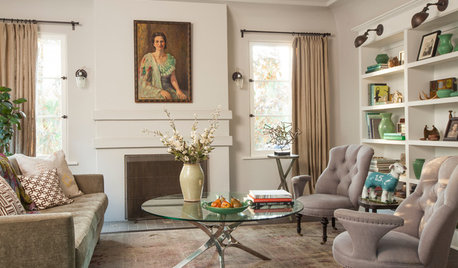
LIVING ROOMSNew This Week: 5 Fully Decorated Living Rooms That Don’t Go Overboard
See how designers filled these recently uploaded spaces with the right amount of furniture and accessories
Full Story
DECORATING GUIDESRoom of the Day: Redesign Energizes a Ho-Hum Office and Living Space
A couple find common ground in their combined office and living room decorated on a budget
Full Story
BATHROOM DESIGNMakeover Magic: Period Style for an All-New 1920s Bathroom
Leaky fixtures and water damage got the heave-ho, while the entire bathroom got a crisp new look in line with the home's style
Full Story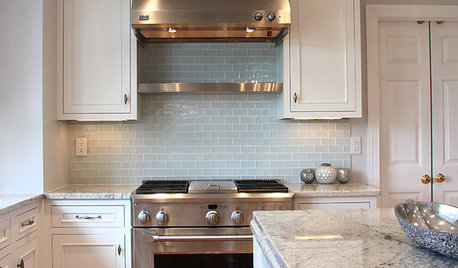
KITCHEN DESIGN5 Favorite Granites for Gorgeous Kitchen Countertops
See granite types from white to black in action, and learn which cabinet finishes and fixture materials pair best with each
Full Story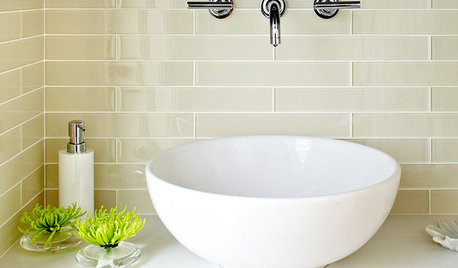
REMODELING GUIDESFinishing Touches: Pro Tricks for Installing Fixtures in Your Tile
Cracked tile, broken drill bits and sloppy-looking fixture installations? Not when you follow these pro tips
Full Story





yucatan
urbangardenfarmer
Related Professionals
Forest Acres Landscape Architects & Landscape Designers · Willowick Landscape Architects & Landscape Designers · Clark Landscape Contractors · Nashua Landscape Contractors · North Potomac Landscape Contractors · River Ridge Landscape Contractors · San Benito Landscape Contractors · Siloam Springs Landscape Contractors · Wilsonville Landscape Contractors · Germantown Fence Contractors · Grover Beach Fence Contractors · Norwalk Fence Contractors · Short Pump Fence Contractors · Tempe Fence Contractors · Fountain Valley Fence Contractorspenfold2
yucatan
almax881Original Author
penfold2
zink
yucatan
penfold2
penfold2
yucatan
taz6122
penfold2
yucatan
penfold2
yucatan
penfold2
taz6122
yucatan
penfold2
yucatan
penfold2
taz6122